Biku Designs: Jewelry That Handcrafts Moments Of History
This brand uses damaged kimonos to make stunning pieces of wearable art
Elegant, graceful, traditional and iconic — one of the world's most instantly recognizable traditional outfits, the kimono, has always had a place on the world's fashion stage.
Originally, the word kimono was the Japanese word for “clothing” and kimono, as we know them today, came into being during the Heian period (794–1192). Known as the straight-line-cut method, dressmakers who had previously had to cut trousers and tops to the shape of the wearer, no longer had such a challenge. Now, the kimono was easy to fold and suitable for any weather, and quickly became a part of everyday life in Japan.
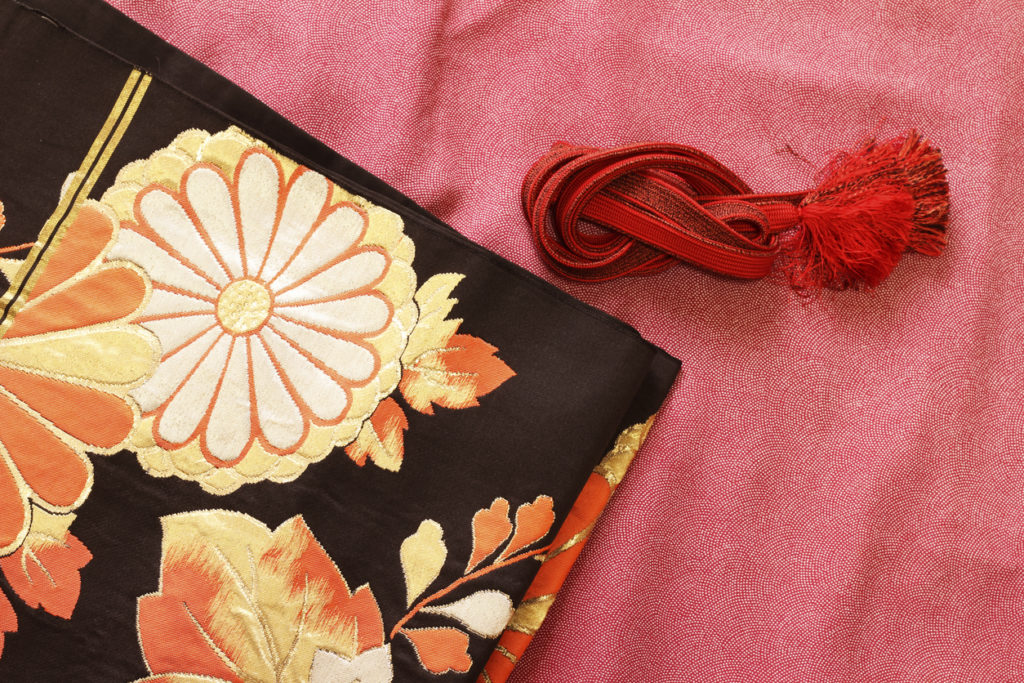
But with the import of western fashion during the Meiji era, and later the Japanese economy prospering during World War II, things changed. Once the garment of choice for samurai, aristocrats and workers alike, the kimono became an item worn mainly for ceremonies like weddings and coming-of-age where duty and obligation were the deciders. Today, they are rarely worn by young Japanese (unless for special occasions), and those that are worn are likely to be machine-made versions, much cheaper than the traditional handmade kimono that can easily cost over 1 million yen.
‘I was fascinated by vintage kimonos, the art of passing them from generation to generation, of storing them in the tansu, the fabrics, the colors, the images.’
Whilst kimonos are often passed down from generation to generation, they are seldom worn, and for such high-quality garments to be left inside dark closets without ever seeing the light, there is a real sense of mottainai.
It was this very sense of mottainai – the sense of regret at the apparent ‘waste’ — that led one Tokyo-based jewelry designer to look for ways to ‘repurpose forgotten things.’
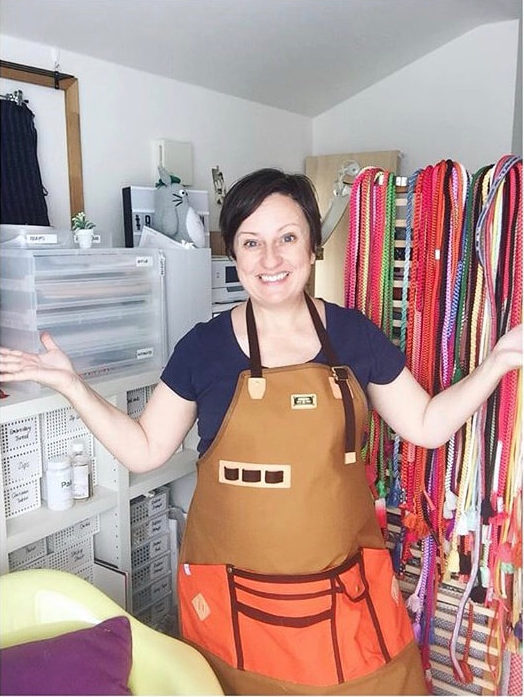
Twenty years ago Victoria Close (pictured above) joined the JET programme and moved from her home in the UK to Japan on what was supposed to be a one year stint. On returning to the UK and qualifying as a teacher, she found the pull to return to Japan overrode all decisions. After 12 years of teaching at the British School in Tokyo, her real passion – jewelry design – took center stage.
View this post on Instagram
Under the expert guidance of Japanese jewelry designer Sugako Kodoma, Victoria was introduced to the world of traditional Japanese jewelry design. This was followed by studies at the Jewellery Arts Institute in New York where she learned Roman, Greek and Egyptian techniques, commercial production and diamond setting. After a stint as an artist in residence in Sydney, Victoria returned to Japan.
Now, married with kids, her house in Tokyo became her studio, but chemicals and dust, and hammering and drilling were not compatible with the children’s napping, so she set about researching a technique that would avoid her using soldering. While walking around the old markets in Tokyo the idea came to her.
“I was married in a kimono,” Victoria tells me, “and I was fascinated by vintage kimonos, the art of passing them from generation to generation, of storing them in the tansu, the fabrics, the colors, the images.” And so Biku Designs was conceived – a concept built on using only damaged unwearable kimonos.
View this post on Instagram
Through a combination of antique kimono fabric with resin, Biku Designs sets out to keep kimono fabrics omnipresent and offers a stunning range of necklaces, earrings, bracelets, and rings — “a bolder statement with a soft feel — confident jewelry.”
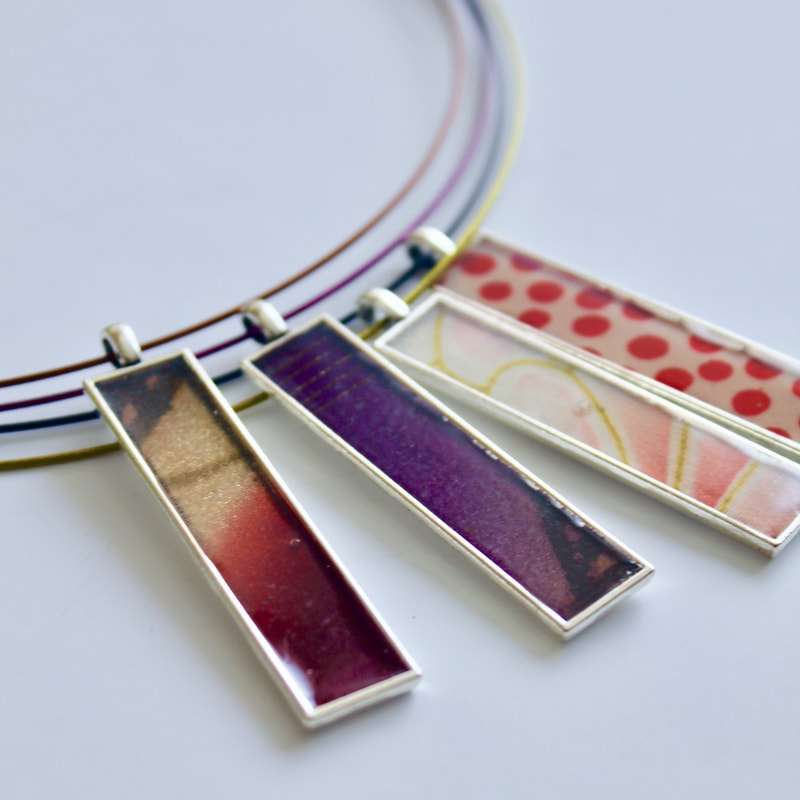
Through the use of vintage fabrics in bright colors — silk, cotton, rayon or polyester — Victoria is able to educate her clients on how kimonos are made, printed, and what history lies therein. Days spent scouring markets and vintage shops, searching for lengths of fabric, or forgotten pieces in boxes, hidden in antique shops, fulfills her main objective: to always repurpose vintage fabrics.
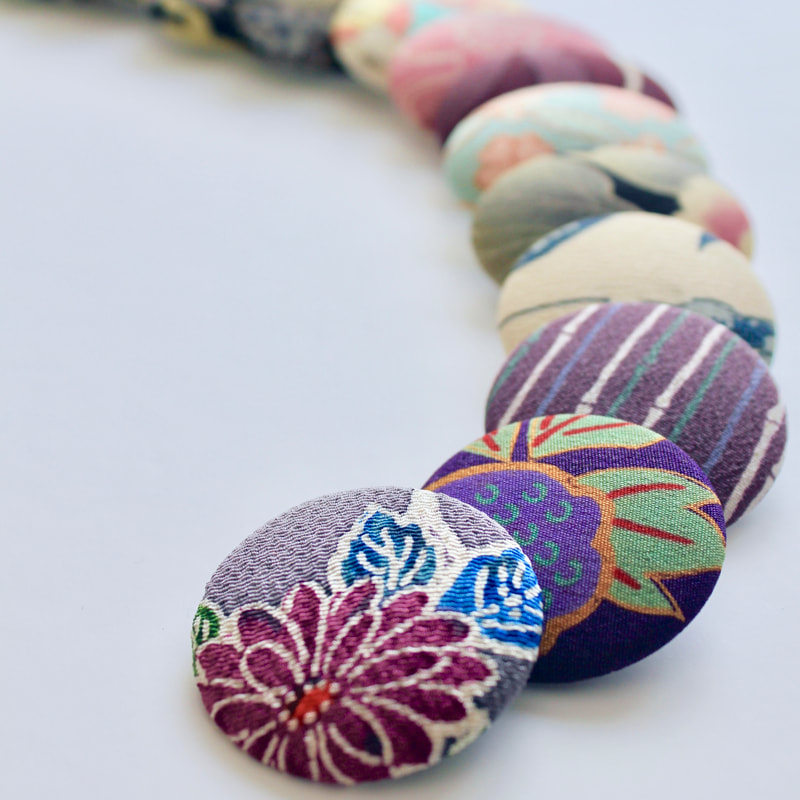
Some necklaces are made from the obijime – the crowning touch of the kimono… “the string that holds it all together,” Victoria tells me. And, with the rings and earrings being made from the main fabric from kimonos, haori and michiyuki fabrics (the male and female jackets that complement the kimono) – all fabrics are able to get a second lease of life far away from the darkened closets that might have been their fate.
You can purchase Biku Designs’ products online. For more information on Biku Design, see the brand’s official website here.











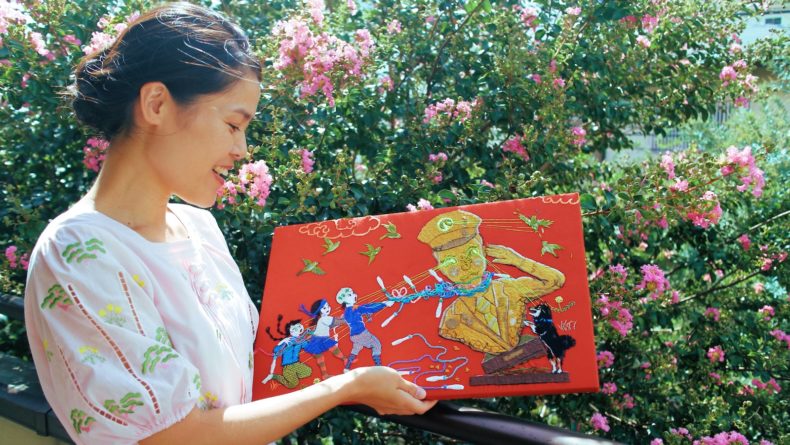
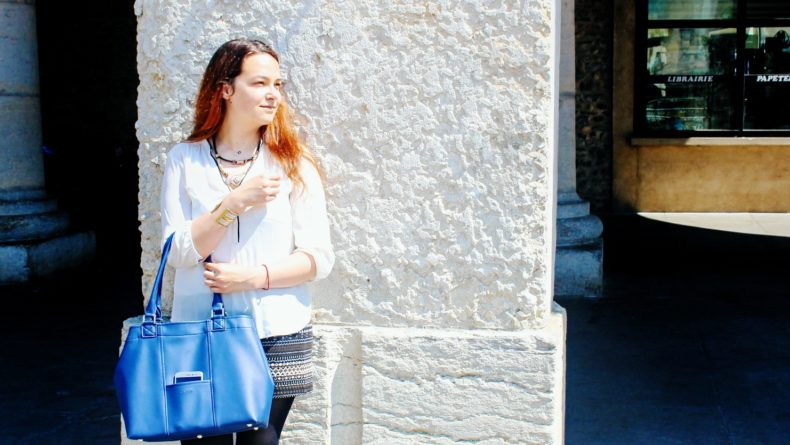
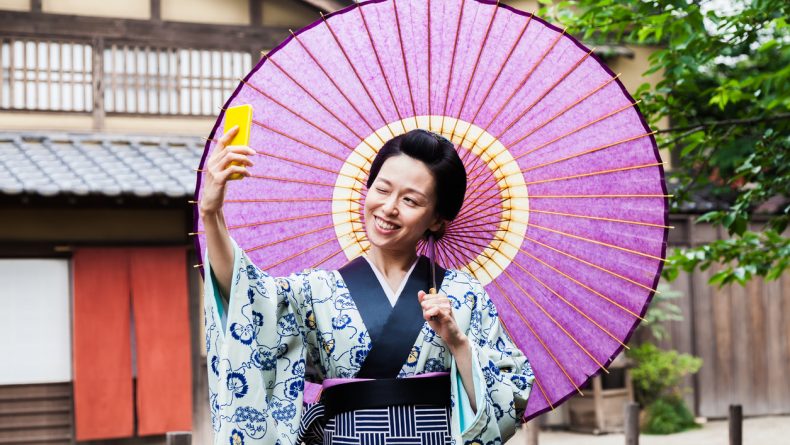
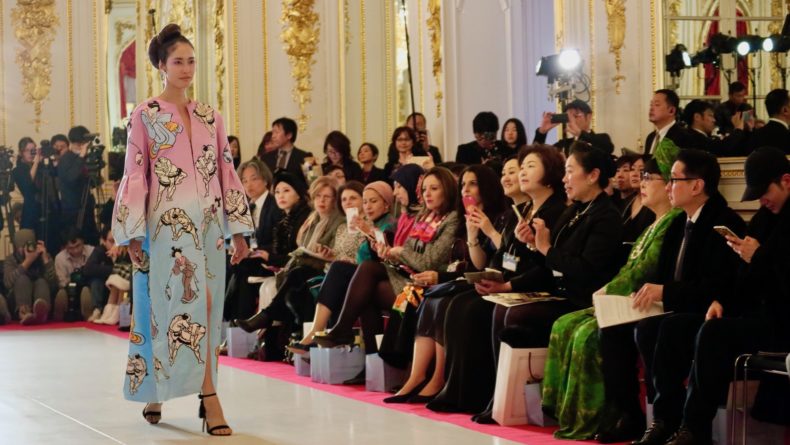
Leave a Reply